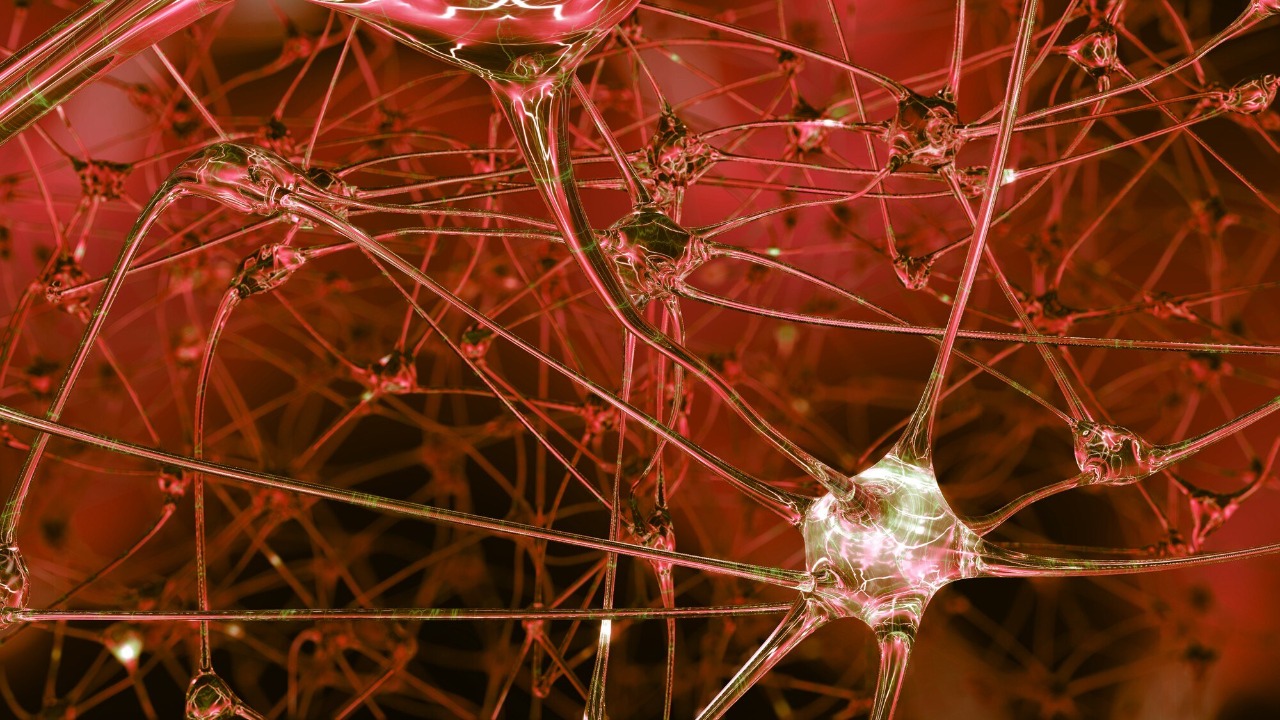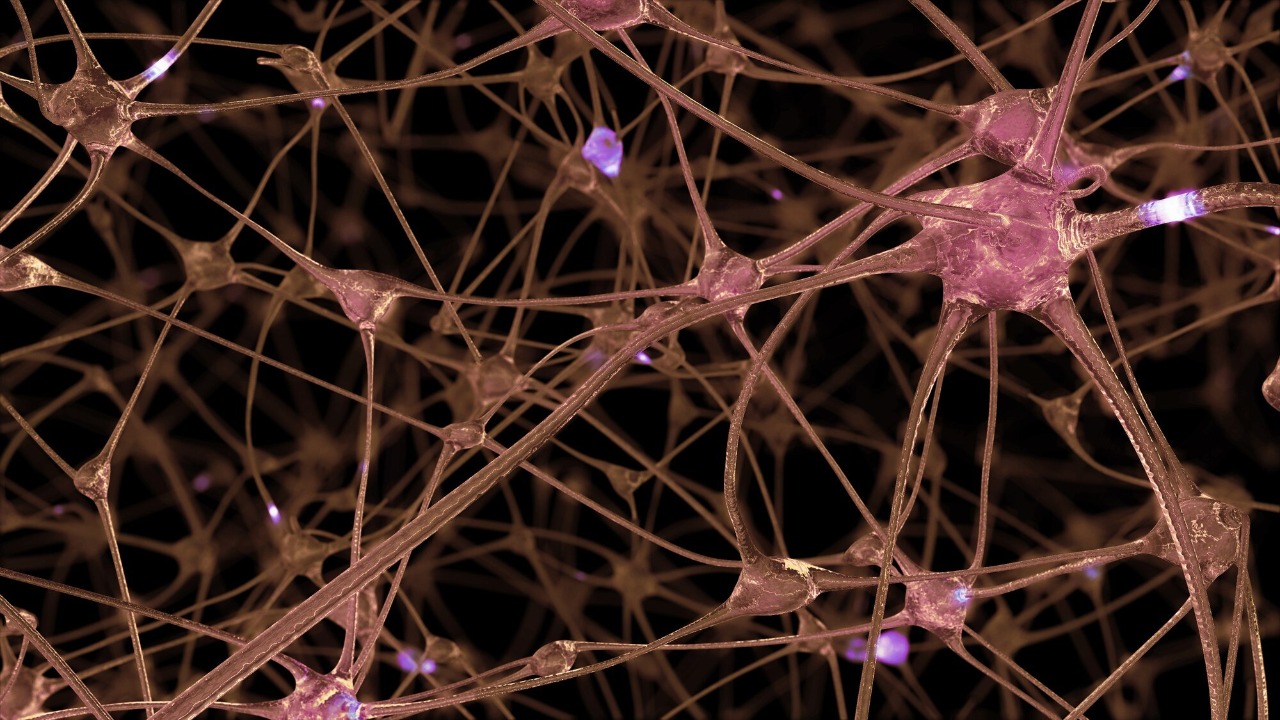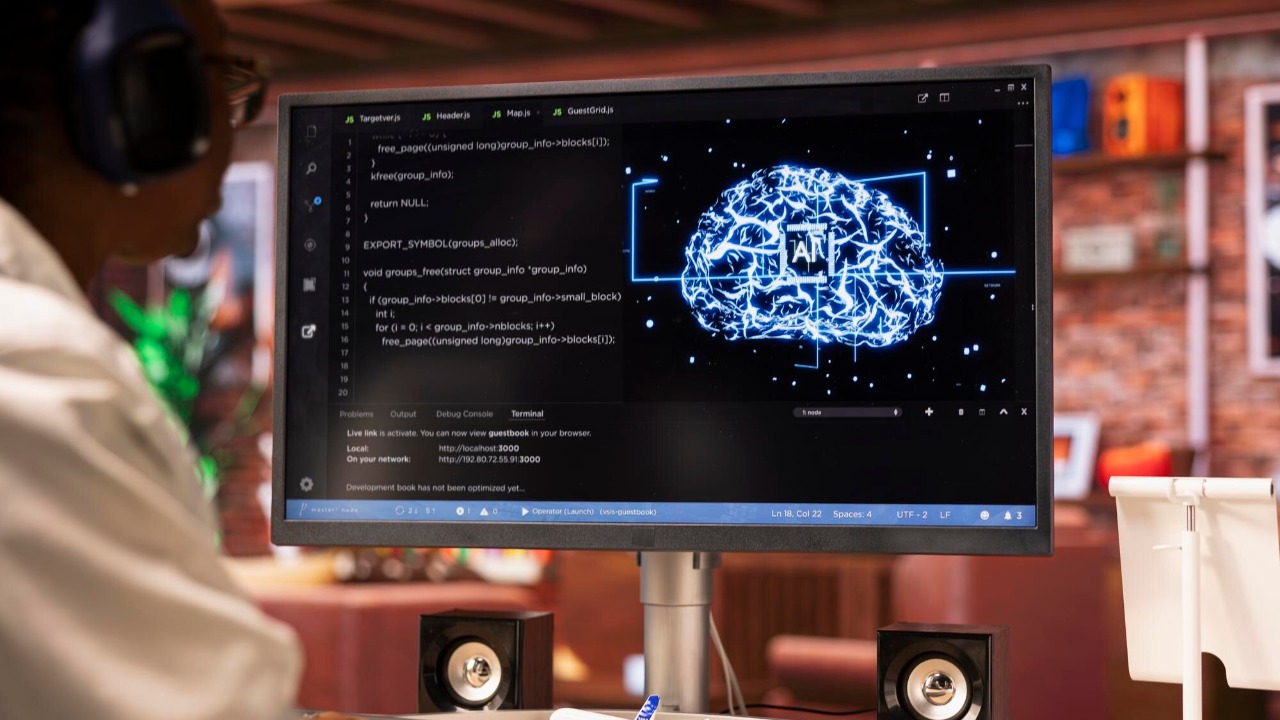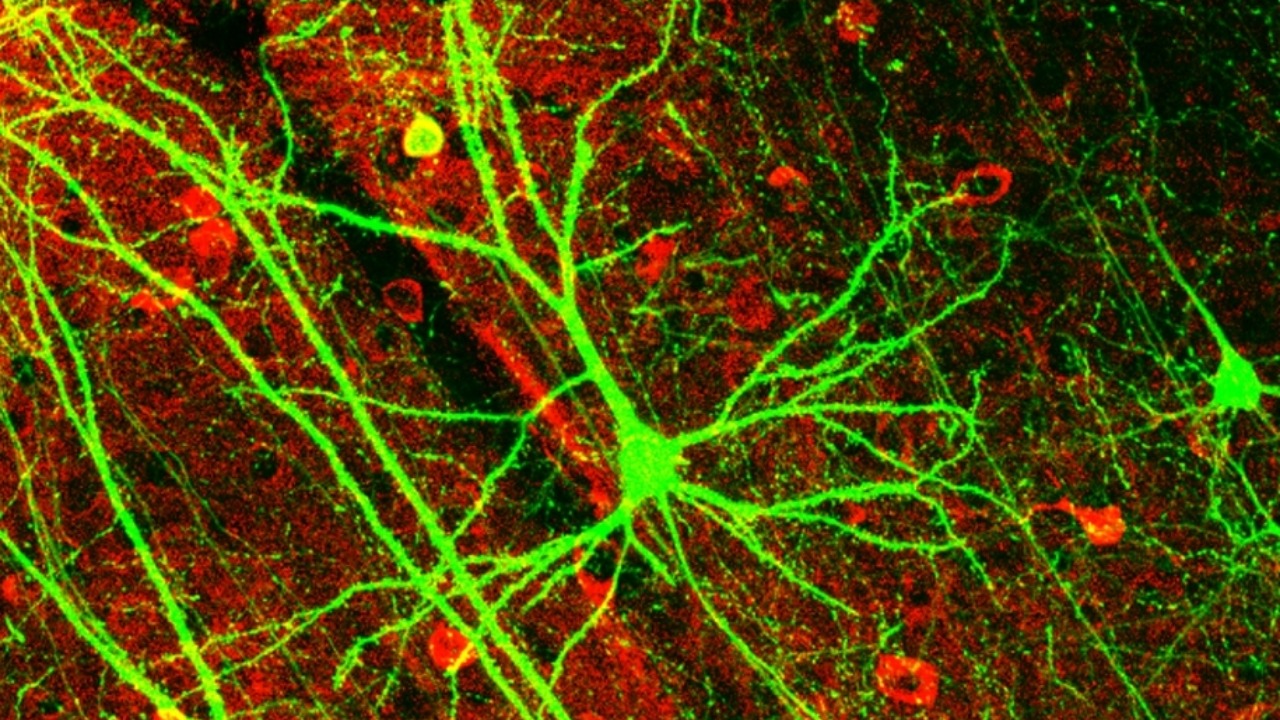
The realm of artificial intelligence is all set for a major transformation with the advent of brain-inspired computing. One of the key players in this revolution is the Mott neurons, particularly those constructed from niobium dioxide. Let’s dive into the fascinating world of these unique neurons, their role in brain-inspired computing, and their future potential.
Understanding The Basics: Mott Neurons and Niobium Dioxide

Mott neurons, named after Sir Nevill Francis Mott, are a type of artificial neuron designed to mimic the functions of biological neurons. They operate on the principle of a Mott transition, a phenomenon in which a material’s electrical resistance changes dramatically in response to minor alterations in temperature or electrical field. This capability to switch between insulator and conductor states allows Mott neurons to mimic the ‘firing’ behavior of biological neurons, making them integral to brain-inspired computing.
Niobium dioxide, on the other hand, is a transition metal oxide known for its unique properties. It has a high transition temperature and can exhibit the Mott transition, making it an ideal material for constructing Mott neurons. For more detailed information on the characteristics of niobium dioxide and its use in Mott neurons, refer to this study.
The Role of Mott Neurons in Brain-Inspired Computing

Brain-inspired computing aims to develop machines that can replicate the human brain’s efficiency, adaptability, and low power consumption. Mott neurons play a crucial role in this endeavor. They replicate the neural plasticity and the non-linear dynamics of biological neurons, thus enabling a more efficient and flexible computing system. Through their ability to ‘learn’ and adapt, Mott neurons are poised to revolutionize artificial intelligence, paving the way for systems that can learn from experience and adapt to new situations.
For a more in-depth analysis on the role of Mott neurons in brain-inspired computing, you can refer to this research paper.
The Advantages of Using Niobium Dioxide in Mott Neurons

One might wonder why niobium dioxide is selected over other materials for creating Mott neurons. The answer lies in its unique properties. Niobium dioxide’s high transition temperature and ability to undergo Mott transition make it an ideal material for Mott neurons. Moreover, its high thermal stability and compatibility with standard semiconductor processes enhance its suitability for fabrication and integration into existing circuits.
Utilizing niobium dioxide in Mott neurons also brings benefits such as lower energy consumption, faster processing times, and higher density of information storage. These advantages make it a promising material for the development of advanced artificial intelligence systems. For a comprehensive review on the benefits of using niobium dioxide in Mott neurons, check out this Nature article.
Current Advances and Applications of Mott Neurons

As the field of brain-inspired computing advances, so does the research and development of niobium dioxide Mott neurons. Current advances include the development of hybrid Mott-neuron/memristor circuits that can perform complex tasks such as pattern recognition and real-time learning. Moreover, researchers are exploring the use of Mott neurons in creating neuromorphic processors, which can revolutionize sectors from healthcare to cybersecurity.
Existing applications of Mott neurons range from advanced robotics to high-speed data processing. Their potential applications, however, are far more extensive. As research progresses, we can expect to see Mott neurons being used in areas like autonomous driving, medical diagnostics, and even quantum computing. For more on the current advances and applications of Mott neurons, refer to this Tech Xplore article.
Future Prospects and Challenges for Niobium Dioxide Mott Neurons

The future of niobium dioxide Mott neurons in brain-inspired computing seems promising. As technology advances, these neurons are expected to play an even more significant role in creating highly efficient and adaptable artificial intelligence systems. Possible future applications include self-learning robots, advanced medical diagnostic tools, and highly efficient data centers.
However, like any emerging technology, the development of niobium dioxide Mott neurons also faces challenges. These include the need for more efficient fabrication processes, the complexity of integrating them into existing circuits, and the need for more research to fully understand their behavior and capabilities. Despite these challenges, the potential of niobium dioxide Mott neurons in revolutionizing artificial intelligence makes them a promising field of research. For an in-depth discussion on the future prospects and challenges for niobium dioxide Mott neurons, you can refer to this journal article.